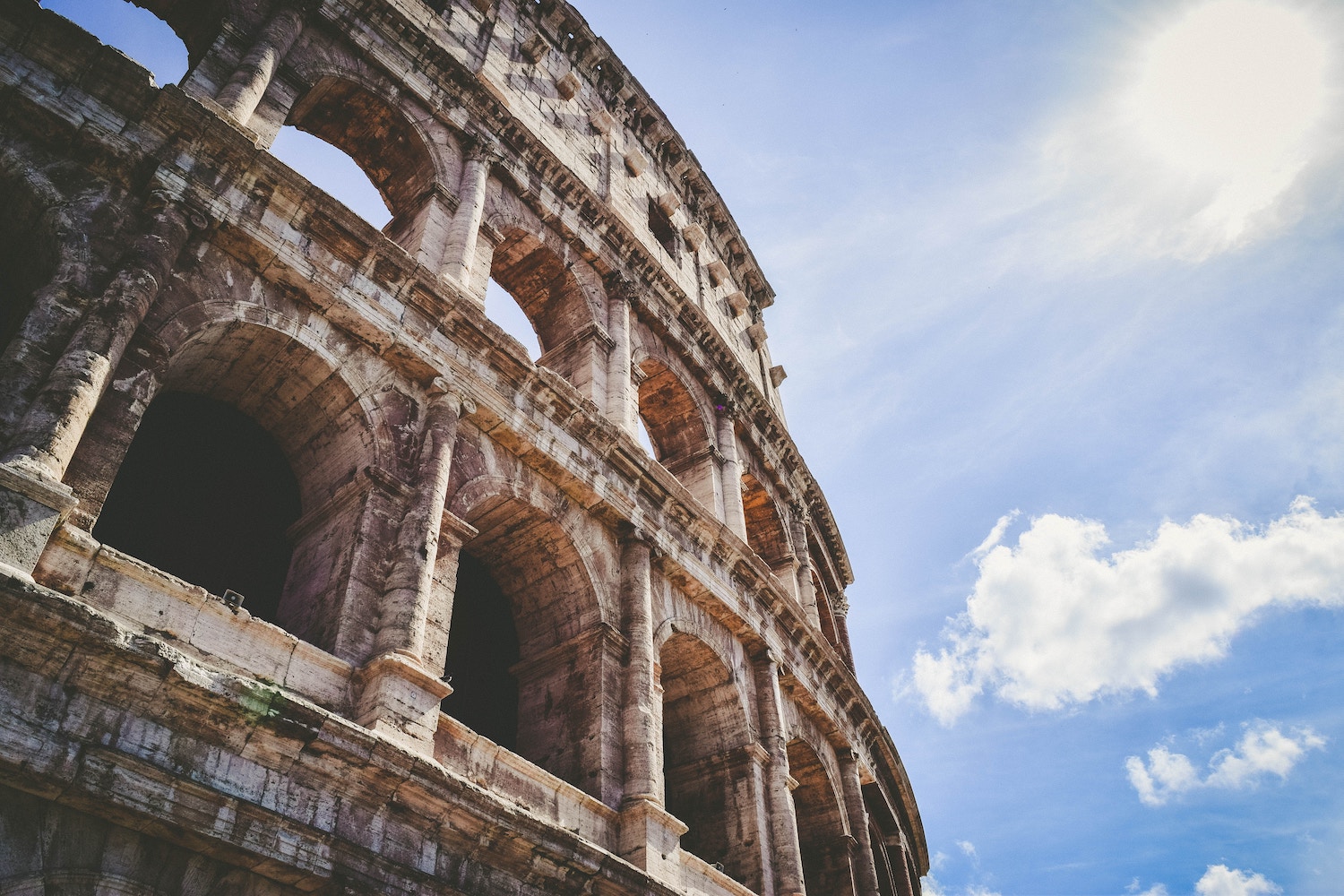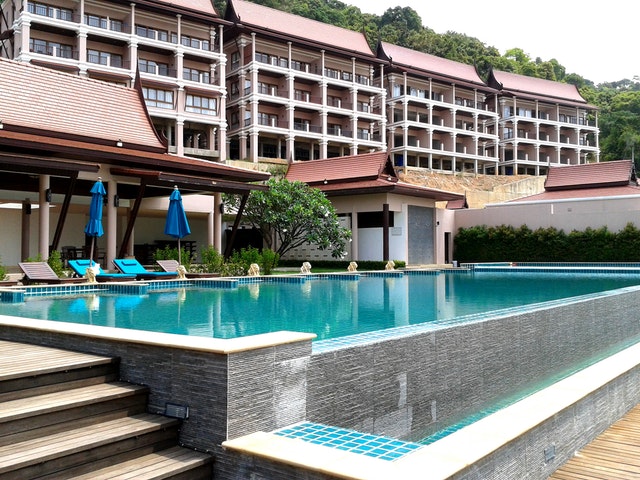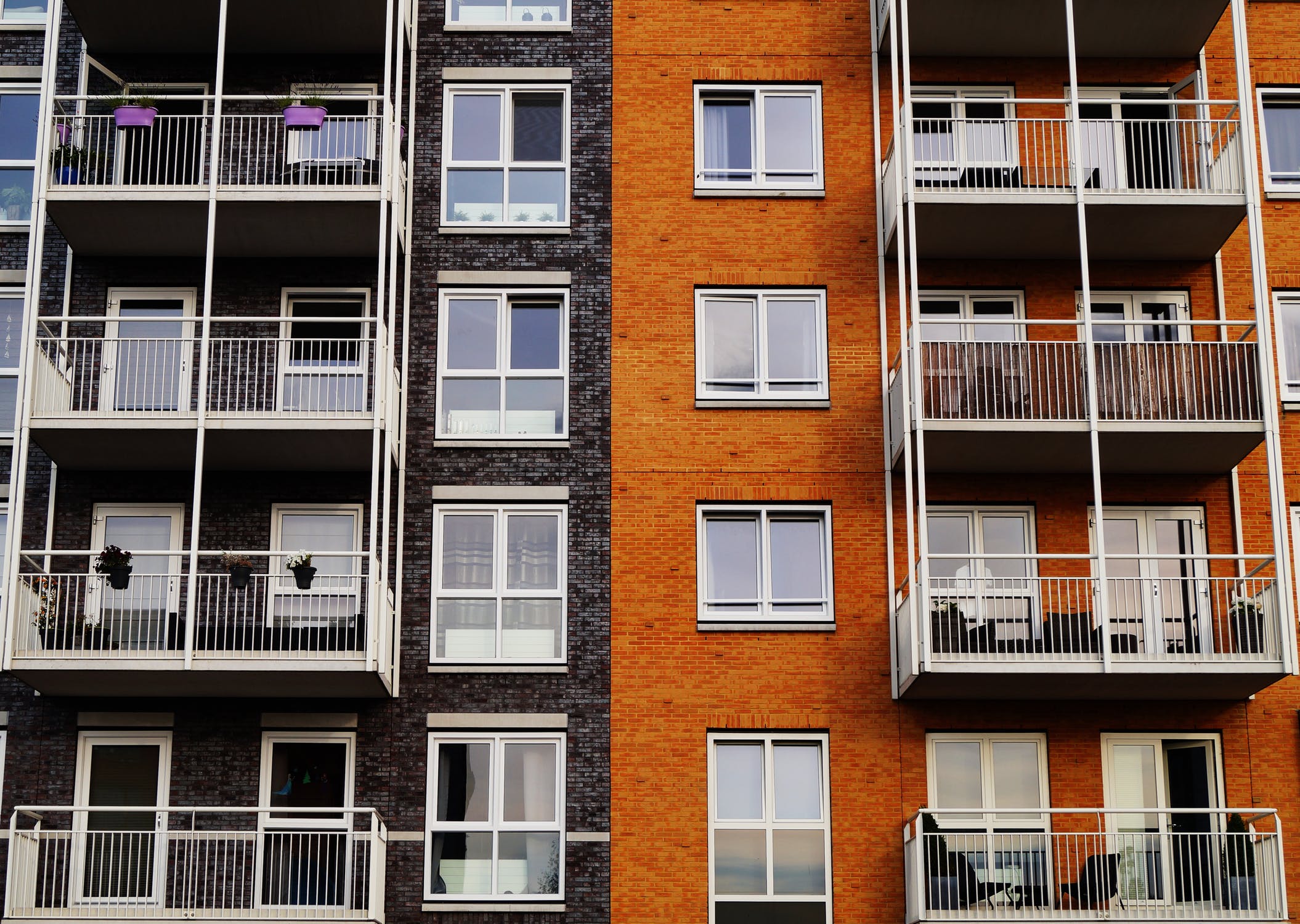In the ultimate case of something old and something new, stadia (which date back to the 13th Century BC) and Starbucks (a coffee company dating back to 1971) can be indicators of neighborhoods that offer abundant opportunity for those looking to reposition real estate.
There are more obvious signs to take into account, to be sure. Areas that have easy access to public transportation are attractive. Ditto for those featuring quality schools, and those with access to recreation areas, such as parks, bicycle paths and hiking trails.
But before considering those factors, let us first ponder the Starbucks/stadia question — how each might make an area ripe for repositioning.
In my 2007 book, Purchase, Rehab and Reposition Commercial Investment Property, I mention the “Starbucks Factor,” my theory that if a store from that highly successful chain opens in a given neighborhood, it is a sure sign that that area is about to appreciate in value. (And seeing as Starbucks, which originated in Seattle, had opened 16,058 outlets of April 2, 2017, that covers quite a lot of territory indeed.)
Such a theory represents the tip of the entrepreneurial iceberg, of course. The truth is that if any national retailer finds an area attractive — be it a grocery store, drugstore or shoe store — it’s worthy of your repositioning efforts.
But the Starbucks Factor simplifies things, boils this trend down to its essence. If you see one, begin investigating that area. That is what our company did in the Rogers Park neighborhood, on the north side of Chicago. It had long been in decay, long been an area where gangs flourished.
But through the efforts of a certain number of holdout residents, the area began to change. The gangs disappeared, taking all their unsavory activities with them. Before too long real estate values climbed. Retailers began flocking to the neighborhood — including, yes, Starbucks — and investors took note. That includes our company; in one five-year stretch we made in excess of $1 million off our forays into Rogers Park.
Before considering the stadium question, this history lesson: Those 13th Century stadia, which took on an elongated U-shape, were built by the ancient Greeks. They also served as models for stadia built in the modern era (i.e., beginning in 1896). Constant refinements brought us to where we are today, with 894 stadia in the United States.
Some 104 of them house professional teams — 31 in the 32-team NFL (the New York Giants and Jets share a facility), 30 in major league baseball, 28 in the NBA (the Los Angeles Lakers and Clippers share a building, and the Toronto Raptors are based in Canada) and 15 in the NHL. (Nine share buildings with NBA teams, and six other franchises are based in Canada.)
One study indicates that two-thirds of the neighborhoods near NFL stadia have higher property values than those areas lacking such structures. Values also tend to be higher near major league baseball stadia. The effect of an NBA arena on real estate was less conclusive, though another report indicated that those values are positively impacted by such buildings as well.
If sports signal a successful neighborhood — and remember, stadia are almost as likely to be located in far-flung suburbs as they are cities — so too do the arts. One report indicates artists often herald a neighborhood’s renaissance, meaning galleries are a sure sign of an area on the rise. (Call it the Easel Effect, as it were.)
A far more conventional sign of an area’s attractiveness is the presence of public transportation, something I touch on in my book. While the neighborhoods with the highest real estate values tend to be nearest to the center of any given city, others emerge from that core outward, and often along the routes of public transportation — which stands to reason, since those commuting to downtown jobs yearn for such convenience.
Another obvious factor is the proximity to quality schools. A 2013 survey of 1,000 prospective home buyers showed that 91 percent viewed school boundaries as important to their search. While one report acknowledges the chicken-or-egg equation involved with good schools and valuable real estate, there is no denying the fact that such a neighborhood is a place investors would want to be.
Finally, there is a neighborhood’s proximity to open spaces and recreational areas. While overweight and obesity rates have risen in recent years, one report indicates that the closer residents of any given area are to parks, bike paths, and hiking trails, the more active they become. And the a given property’s value rises in relation to its proximity as well.
Those are the tried-and-true factors, but there is far more to consider when anticipating a neighborhood on the rise. One represents something old, another something new.





